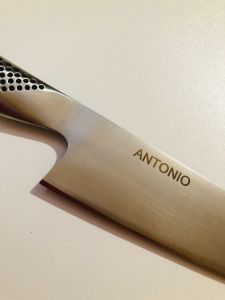Language
WORLDWIDE SHIPPING | ONLY UNTIL 11/09: Get a COMPLETE block of 5 forged knives FOR FREE when you spend at least €750 on polycarbonate and silicone moulds!
Shun Premier Tim Malzer damask knife set by Kai
was
€1,088.00
Special Price
€999.00
€818.85
Availability:
In stock
Shun Premier Tim Malzer damask knife set by Kai
For the Shun Premier Tim Mälzer series, Kai has developed five additional knives made to resist corrosion with 32 layers of damask steel.
The blades are embellished with a manual hammering on the surface, which in Japan is known as Tsuchime, thus combining timeless aesthetic qualities with exceptional sharpness. The blades have a solid core of VG-10 steel with a hardness of 61 ± 1 HRC. In analogy to the knife of the 30 years of limited Kai anniversary, great importance has also been attached in this series for knives to offer optimal grip and extraordinary hardness. The Premier Shun Tim Mälzer series, from the bread knife to the Santoku, provides professional cutting tools that sets new standards in the Premium segment, providing exceptional performance in a timeless design.
Faithful to the premise Tim Mälzer A good knife, not only makes the job easier, but helps in cooking to turn the product well
The set includes:
Utility knife cm. 10 (TDM1700)
Kitchen knife cm. 16.5 (TDM1701)
Santoku knife cm. 18 (TDM1702)
Bread knife cm. 23 (TDM1705)
Chef's knife cm. 20 (TDM1706)
Each of the damascus knives has been carefully manufactured, has been meticulously adapted to their respective areas of use by the Japanese master forger in the Seki City.
Thanks to the particularly symmetrical shape of their walnut handle, all shapes also guarantee a precise cutting performance for both right and left handed.
All knives are packaged in a wooden box.
The blades are embellished with a manual hammering on the surface, which in Japan is known as Tsuchime, thus combining timeless aesthetic qualities with exceptional sharpness. The blades have a solid core of VG-10 steel with a hardness of 61 ± 1 HRC. In analogy to the knife of the 30 years of limited Kai anniversary, great importance has also been attached in this series for knives to offer optimal grip and extraordinary hardness. The Premier Shun Tim Mälzer series, from the bread knife to the Santoku, provides professional cutting tools that sets new standards in the Premium segment, providing exceptional performance in a timeless design.
Faithful to the premise Tim Mälzer A good knife, not only makes the job easier, but helps in cooking to turn the product well
The set includes:
Utility knife cm. 10 (TDM1700)
Kitchen knife cm. 16.5 (TDM1701)
Santoku knife cm. 18 (TDM1702)
Bread knife cm. 23 (TDM1705)
Chef's knife cm. 20 (TDM1706)
Each of the damascus knives has been carefully manufactured, has been meticulously adapted to their respective areas of use by the Japanese master forger in the Seki City.
Thanks to the particularly symmetrical shape of their walnut handle, all shapes also guarantee a precise cutting performance for both right and left handed.
All knives are packaged in a wooden box.
FAQs

 IT
IT FR
FR
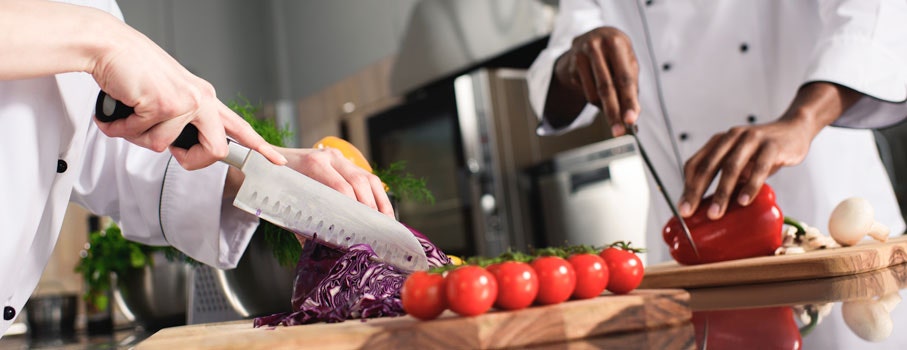
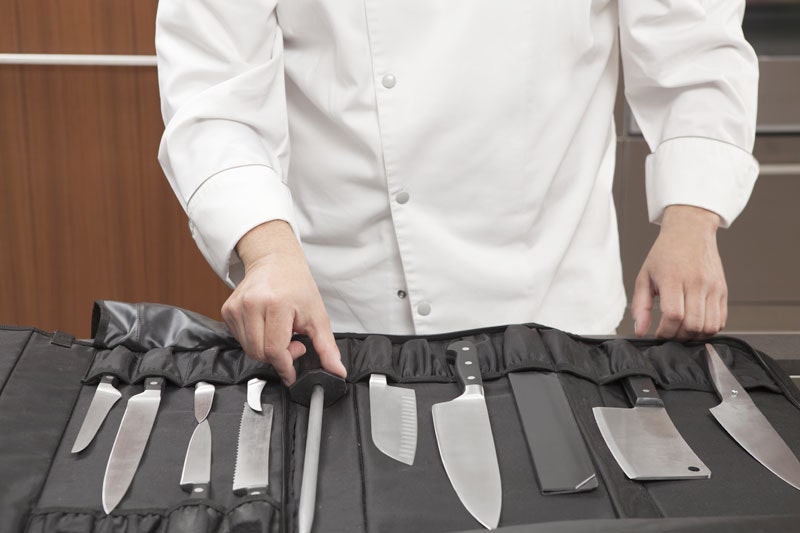
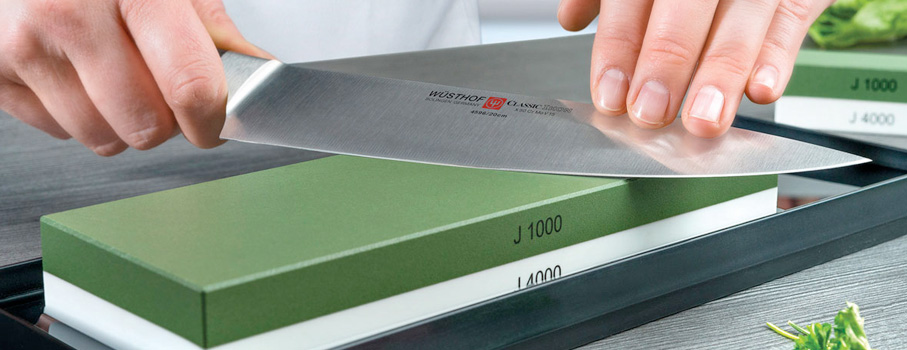
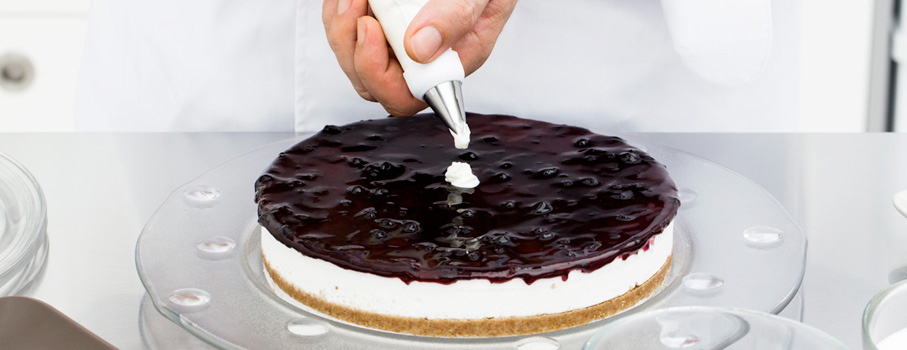

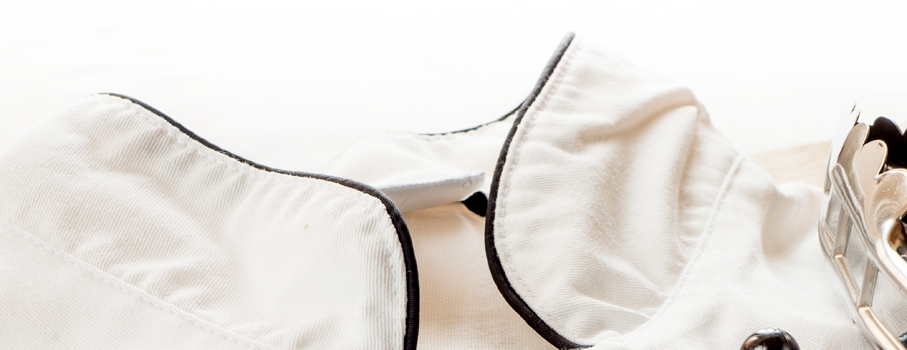
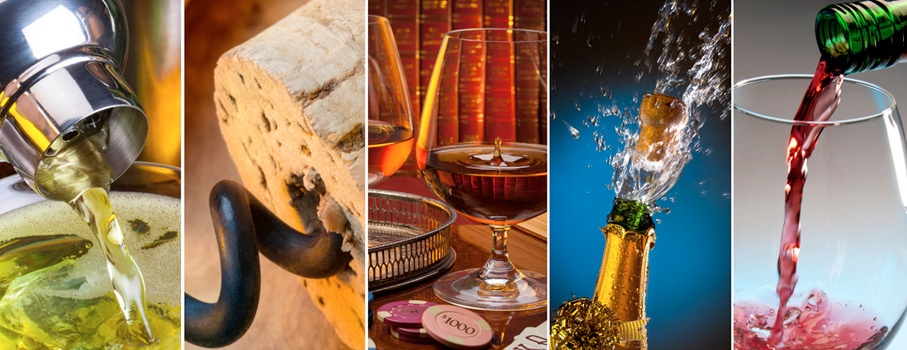
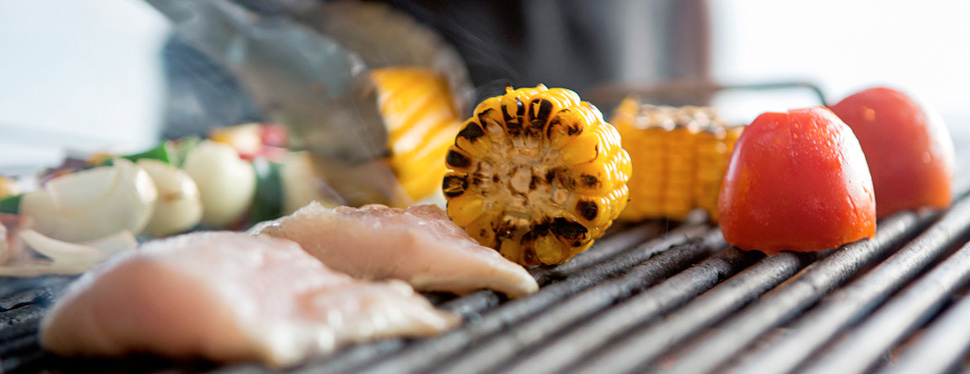

 IT
IT FR
FR
